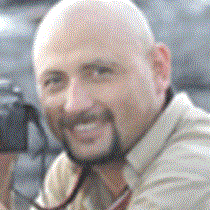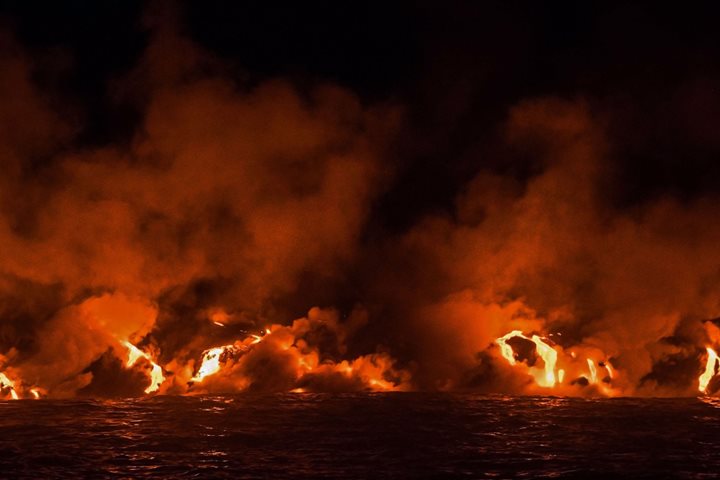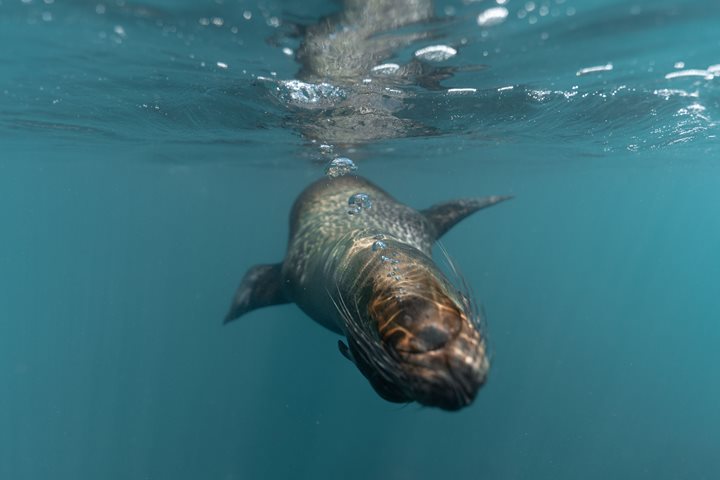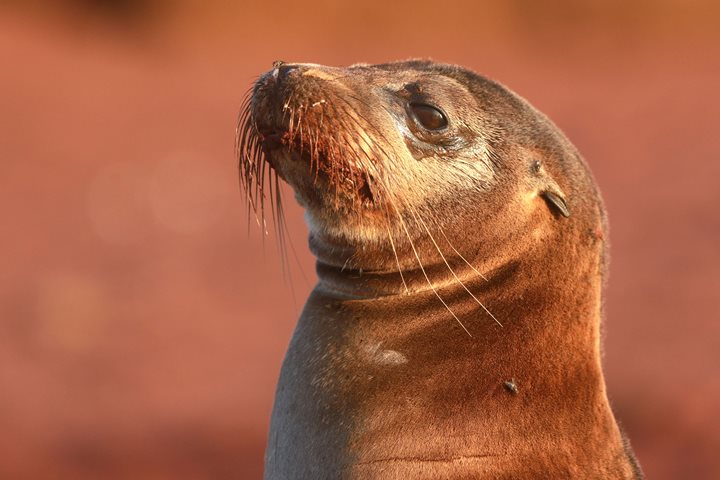We started our day by exploring Bartolomé Island, which is known for its geology. Once we were at the top we saw lots of geological features and parasitic volcanoes that are known as spatter cones, cinder cones, and tuff cones. In the afternoon we visited Rábida Island, which is one of the best islands in Galápagos for water activities (that have been permitted by the Galápagos National Park). It is also one of the most interesting red sandy beaches in this Archipelago.
- Daily Expedition Reports
- 12 Jun 2017
Bartolomé Island and Rábida Island, 6/12/2017, National Geographic Islander
- Aboard the National Geographic Islander
- Galápagos
Walter Perez, Naturalist/Certified Photo Instructor
Walter was born in a very small town on the mainland of Ecuador. His first trip to the Galápagos was when he was 12 years old, visiting friends and aunt, who had moved to the islands. From the first moment he saw the Islands, he fell in love with the...
Read MoreShare Report
Related Reports
11/23/2022
Read
National Geographic Islander II
Isabela and Fernandina
Our day began with the chance to point out a lot of interesting geological features as we enjoyed Zodiac tours along a massive flank of Ecuador Volcano on Punta Vicente Roca. In the afternoon, we took a sunny walk on Punta Espinoza on Fernandina Island. We spotted many iguanas, and a bunch of sea lions hanging around, too.
11/22/2022
Read
National Geographic Islander II
North Seymour & Rabida Islands
Relatively small and low compared to neighboring Santa Cruz, North Seymour is located to the north of Baltra. The island is dry with predominantly low shrubs, like prickly pear cacti. The incense trees are bare during the dry season. Seabirds like frigatebirds and blue-footed boobies nest on the island, and sea lions rest on the sand when they are not fishing. Land and marine iguanas also live here. Rabida is in the middle of the archipelago and has a striking red sand beach. We observed a small colony of sea lions of all ages resting or nursing. Behind the beach, American flamingos nest in a brackish lagoon. This island is full of contrasts and wildlife that we enjoyed observing during this day of expedition.







